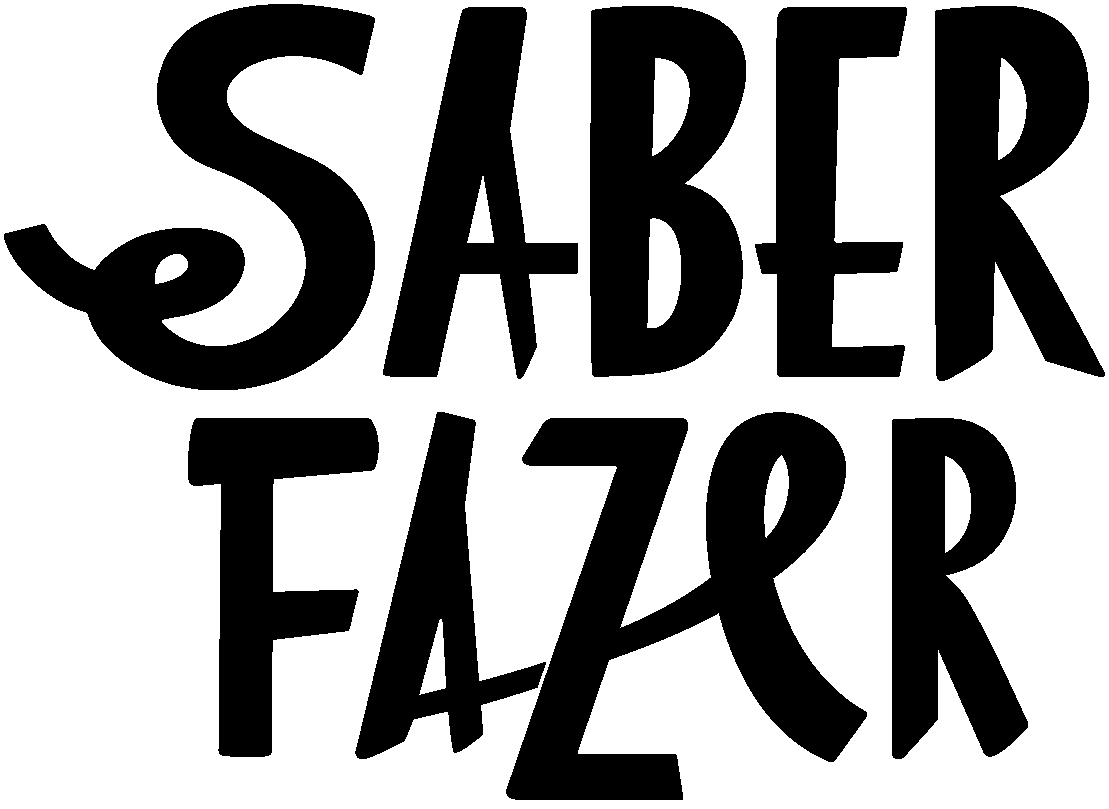O linhal da Corredoura
No sábado passado fomos assistir ao Linhal, executado pelo Grupo Folclórico da Corredoura em S.Torcato (Guimarães).
Acontece todos os anos, no primeiro sábado de Julho pela tarde, sendo demonstradas todas as fases de transformação do linho, desde a colheita até à fiação.
O registo que fiz deste dia é demasiado superficial para honrar devidamente um processo que é tão complexo e longo complexo. A seu tempo, documentarei cada uma das fases do ciclo do linho com a profundidade que merece, mas, até lá, aqui fica uma visão rápida do percurso do linho, da planta ao fio.
Last saturday we went to the “Linhal”, a festivity where all the phases of production of Linen are performed by the Folclorical Group of Corredoura, in S.Torcato (Guimarães).
It happens once a year, in the first saturday of July, during the afternoon.
The records I have from this day are too superficial to honor a process that is very complex and long. In due time, I'll document each phase, but, until then, what you have here is a quick overview of the cycle of linen.
1. COLHER E RIPAR
O Linho é plantado em Março/Abril e está pronto a colher no princípio do mês de Julho.
Na colheita, o linho é arrancado inteiro (a chamada “Arrancada”), reunido e levado para ripar. Durante a ripada, o linho é passado pelos ripeiros para retirar as sementes e as folhas, e até sobrar apenas o caule de onde será produzida a fibra nas fases seguintes.
1. HARVESTING AND RIPPLING
The linen is sowed in March/April and it’s ready to be cropped in the beggining of July. Then, it’s pulled completely, gathered and taken to be rippled.
During the rippling, the linen is passed through teethed iron combs, to separate the seeds and leaves from the stalk. The seeds will be kept until next year, and the linen will be produced from the stalk, during the next phases.
2. MOLHAR, MALHAR E MOER
Depois de ripado, o linho é organizado em molhos e levado para o tanque, rio ou levada, onde ficará submerso, a curtimentar durante 9 dias.
Durante este processo, as camadas exteriores do caule apodrecem, tornando possível retirar a fibra do seu interior.
No final, os molhos são retirados de água e levados para secar para um monte, ou campo, durante outros 9 dias. Quando seco, o linho é levado para a eira e malhado com malhos de “casula” (não fotografado), de forma a quebrar a parte exterior rígida do caule. De seguida, é levado para ser moído, quebrando ainda mais a parte lenhosa e tornando-a mais fácil de separar da fibra.
2. SOAKING, SMASHING AND GRINDING
After the rippling, the linen is put underwater, for 9 days.
During this process, the outer layers of the stalk will rot, making it easier to extract the linen fiber.In the end, it will be taken out of the water, and left to dry for another 9 days.
Once the linen is dry, it will be smashed with a mallet, in order to break the woody part of the stalk (not photographed).
Next, it will be taken to the mill and grinded, breaking the woody stalk even more, making it easier to free the linen fiber.
3. ESPADELAR, ASSEDAR, FIAR, ENSARILHAR E DOBAR
Por esta altura, a parte lenhosa já libertou a fibra, mas ainda é necessário separá-la do linho.
Para isso faz-se a Espadelada. Tradicionalmente é feita pelas mulheres que, de espadela na mão, batem no linho pousado sobre o espadouro. Com a fibra de linho liberta do caule, esta poderá finalmente ser tratada para ser fiada, nas próximas fases.
Para refinar ainda mais o linho, este é agora passado pelo sedeiro, um pente de dentes de aço finos, que elimina os últimos vestígios de caule, e separa as fibras em comprimentos distintos (daqui sai o linho fino e a estopa sedeira). De fuso na mão, as mulheres vão fiando o linho, transformando-o no fio. Depois de fiado é dobado na dobadoira, e lavado antes de estar finalmente pronto para ser tecido.
3. SCUTCHING, HACKLING, SPINNING, SKEINING AND SWIFTING
By now, it’s necessary to separate the dry stalk from the fiber, and that’s when the scutching is made. Traditionally, it’s done by the women, that beat the linen with a wooden bat over a wood board, placed vertically.
Now that the linen fiber is finally free from the stalk, it will be treated to be spinned, during the next phases. To refine the linen a little more, the women proceed to the hackeling.
The linen is brushed through a hackling comb, with fine tooths, that eliminates the final stalk pieces and divides the linen in different lenghts.
The fibers are now prepared to be spinned by hand. The thread is then skeined, washed and finally ready to be weaved. After so much work, the linen thread is finally ready!
GRUPO FOLCLÓRICO DA CORREDOURA
Rua da Corredoura 14
4800-863, S.Torcato Guimarães - Portugal
+351 969 024 302 / +351 253 551 280
https://www.facebook.com/gfcorredoura/?locale=pt_PT





























